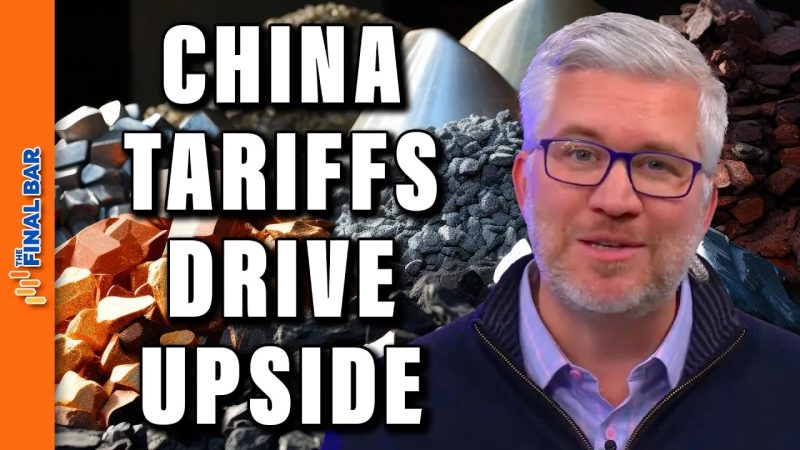In recent years, rare earth minerals have become a focal point of strategic discussions due to their essential role in the production of various high-tech devices and military applications. The significance of these minerals has further been highlighted by China’s dominant position in the global rare earth market. As the world’s largest producer and exporter of rare earths, China holds a significant amount of leverage over countries heavily reliant on these minerals.
One of the key drivers impacting the rare earth market is the imposition of tariffs by China on its exports. China’s move to increase tariffs on rare earth minerals has resulted in a significant disruption across global supply chains. As a result, countries that heavily depend on these minerals, such as the United States, Japan, and Europe, have been exploring alternative sources to reduce their reliance on China.
The escalating trade tensions between China and the US have prompted US policymakers to reassess their dependence on Chinese rare earths. In response to the tariffs imposed by China, the US has started taking steps to diversify its rare earth supply chain by seeking new sources and developing domestic production capabilities. This shift in strategy aims to reduce vulnerabilities associated with overreliance on a single source.
Japan, another major consumer of rare earth minerals, has also been actively looking to secure alternative sources outside China. The Japanese government has been encouraging domestic companies to invest in overseas rare earth projects to ensure a stable supply of these critical minerals. Additionally, Japan has been engaging in partnerships with countries like Australia, Vietnam, and India to diversify its rare earth supply chain.
Furthermore, European countries are also exploring opportunities to reduce their dependence on Chinese rare earths. The European Union has initiated efforts to enhance cooperation with resource-rich countries in Africa and South America to secure a stable supply of rare earth minerals. These collaborations aim to create a more resilient supply chain that is less susceptible to geopolitical uncertainties and trade disputes.
In conclusion, the imposition of tariffs by China on rare earth minerals has triggered a global reevaluation of supply chain strategies among major consumers. Countries are now actively seeking to diversify their sources and reduce dependence on a single supplier to mitigate risks associated with supply disruptions. The shift towards developing alternative supply chains and enhancing domestic production capabilities is crucial in ensuring a stable and secure supply of rare earth minerals for various industries worldwide.

